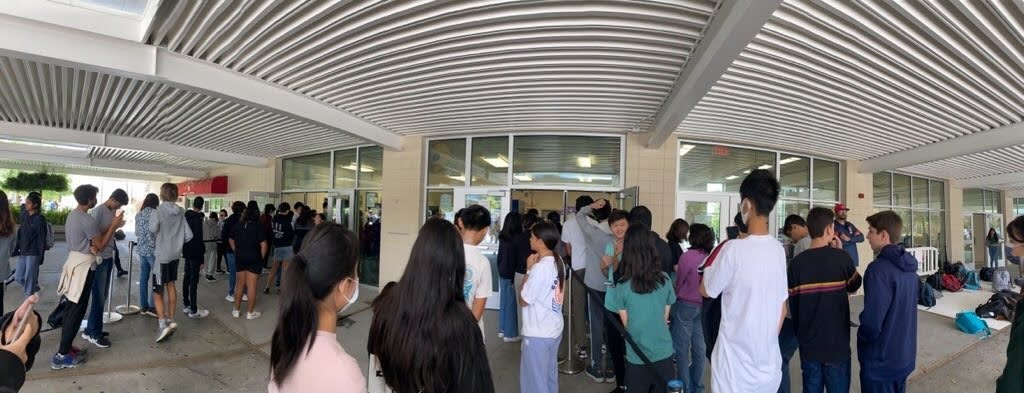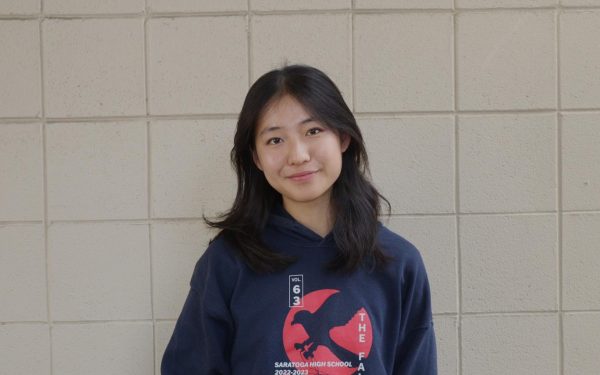On any given day, the beginning of lunch is signified by a crazed herd of students swarming the quad. Although the lines have always been long, they have become unbearable after the school’s implementation of Gov. Newsom’s Universal Lunch program, a program that guarantees free food for all students.
The changes made to the lunch process this year have increased wait times and the cost of lunch production, while decreasing variety. In order to mitigate these negative impacts, lunch variety should be increased — such as separating into paid and free lunch options — and a greater assortment of options at vending machines on campus should be provided.
Due to the increased number of students receiving lunch from the cafeteria this year, the wait time has increased to five minutes out of a lunch that is only 30 minutes long.
Although many other schools like Redwood Middle School are in the National Food Program (NFP), a federally assisted meal program that provides nutritious, free meals for children primarily in lower-income school districts, Saratoga High has never joined the program before. However, last August, when the Universal Lunch program required all public schools in California to provide free lunch to all students, the school was legally required to join.
There are many other restrictions that the school has to comply with: A student can only get one water bottle with a meal and one meal after breakfast (so no free meals during tutorial). Last year, the school was also able to provide larger portions to students, and serve items like chips and coffee that were removed since they don’t comply with the NFP’s regulations.
A simple solution to the lack of options would be to swap out the more unpopular items in the school’s vending machines for the removed items. For example, the school could replace the bottles of Welch’s Grape Juice with a student necessity — coffee, which would both allow the school to generate more revenue through an increase in vending machine snack purchases, and for students to buy any options that they used to have access to.
If it’s possible for the school to increase portions, it would help the students who end up having to buy more than one lunch. Additionally, working to offer multiple nutritious and filling snacks — like the fruit cups — free of charge can help solve this problem.
However, if the school is unable to provide larger free lunches, students should be allowed to choose between a larger lunch they have to pay for or a free meal that follows the guidelines. This would mean the school can make sure every student gets the meal they need, as well as any additional items that might not follow the NFP guidelines.
Another issue that the NFP restrictions creates is forcing the school to redo the recipes for the several meals it makes from scratch. For instance, needing to use 49% white flour and 51% wheat flour for bread changed recipes for anything involving grains — including croutons and hamburger buns. This means it takes more effort and time for the cafeteria to make new recipes. Many students have gotten frustrated or bored with the same meals being served, such as stir-fry noodles, bean and rice burritos and pasta bakes. Although the cafeteria staff hears these complaints, there’s not much they can do.
Repealing the Universal Meal Plan isn’t a solution that would benefit the majority of California, though. One-third of California is either impoverished or close to being impoverished, and this program helps ensure that no child has to deal with hunger at school. To solve the problem at the school, providing alternative options for students who choose to pay for their meals could prove beneficial, and allow the cafeteria to use recipes available prior to NFP constraints.
Although the Universal Lunch Program has been beneficial to many students across California, decreasing the wait time by reintroducing the snack cart and snack shack, and increasing the variety of meals and student input in the menu would only improve students’ experience with lunches.




























